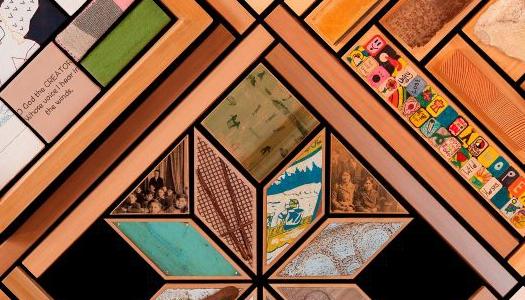Opening the Door to Creative Leadership
Featured
Share online

Creativity and innovation. Whether you work in business, government, or the non-profit sector, you likely will have heard that these two skills are necessary for today’s leaders. But what does it mean to be creative in the context of an organization or community? How do we truly inspire innovation? And what research is out there to help us build our creative muscles?
Recently, 20 creativity scholars released a manifesto on advancing creativity theory and research (Glaveanu et al., 2019). However, as far back as1988, Harvard Business School scholar, Teresa M. Amabile, made a case for creativity and innovation in organizations. She defined creativity as “the production of novel and useful ideas by an individual, or group of individuals working together. . . .” Meanwhile, she suggested, “Innovation is built on creative ideas as the basic elements. Organizational innovation is the successful implementation of creative ideas within the organization” (p. 126).
In the School of Leadership Studies, we see creativity and innovation as integral to the act of leadership and learning. One of the key competency areas for the Master’s of Leadership is Learning, Creativity, & Innovation. To us this means that leaders can attend to both their own learning and the learning of others while thinking critically and creatively, and generating innovative approaches to complex challenges. Indeed, the seemingly intractable, interconnected, complex nature of today’s challenges demands that we approach them in new ways. Yet, since creativity is a word that can be scary for some, we encourage leaders to think about what creativity might mean in their own contexts. Where is their own personal edge and how can they push up against it to spark innovation?
To support leaders in opening the door to creative leadership, this post features a recent issue of the Engaged Scholar Journal, co-edited by School of Leadership scholars Kathy Bishop, Catherine Etmanski, and Beth Page. In this publication, we demonstrate how creative, arts-based methods have become essential to the practice of engaged scholarship. Featuring the work of several RRU faculty and students, this publication shows how acts such as singing and song-writing; graffiti, protest art, and mobile art installations; mixed media storytelling; drawing, photography, and other visual arts; dancing, performing, and more can promote organizational, cultural, and social innovation and change.
Together, the featured articles, reports from the field, and book reviews tell the story of increasing engagement through the arts. This compilation invites readers to open their hearts and minds to what these scholars have demonstrated is possible and imagine what creative ideas may take shape in their own contexts.
The cover image is a panel from “The Witness Blanket,” a national monument of the Indian Residential School Era made of items collected from residential schools, churches, government buildings, and traditional structures from across Canada. The Artist is Carey Newman - Hayalthkin’geme and photo credit goes to Media One Inc. (used with permission).
We are pleased to share that this is an open source journal so all articles are freely available.
References
Amabile, T. M. (1988). A model of creativity and innovation in organizations. Research in Organizational Behaviour, 10, 123-167. Retrieved from
http://web.mit.edu/curhan/www/docs/Articles/15341_Readings/Group_Performance/Amabile_A_
Model_of_CreativityOrg.Beh_v10_pp123-167.pdf
Glaveanu, V. P. (2019). Advancing creativity theory and research: A socio-cultural manifesto. Journal of Creative Behavior, 1–5. Retrieved from
https://doi-org.ezproxy.royalroads.ca/10.1002/jocb.395